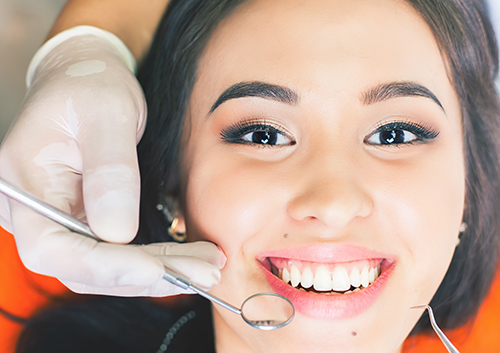Make Brushing Teeth Fun!
December 12th, 2018

It’s understandable that kids would rather be playing outside or watching their favorite movie instead of doing a “boring” task like brushing their teeth. But there are ways to make brushing fun for your son or daughter, and encourage healthy oral hygiene habits early on! Dr. Michelle Slezewski and Dr. Paul Engibous and our team have a few tricks that may help.
Game time
What child doesn’t love a good game? Try to turn brushing time into a game, whether by playing hide-and-seek or singing your child’s favorite song while he or she brushes for two minutes.
Kids also love rewards, so awarding them stickers after a good brushing can encourage them to do a good job every time. You might even tell your child that five stickers will earn a special treat or fun activity at the end of the week.
Fun accessories
Lots of toothbrush options can add something exciting to your child’s daily brushing routine. Toothbrushes that light up tend to be a popular choice with young kids. The same goes for toothbrushes shaped like your child’s favorite animal or cartoon character.
Teaching your kids about how long they should brush each time can also be fun. Let them have the special responsibility of setting a timer for two minutes before they start to brush.
The Great Toothpaste Experiment
Lots of kids can be picky eaters and that can the case with toothpaste flavors. Set aside a time to sample several different flavors, the way they’ve probably tried various flavors at the ice cream shop! Just make sure to be very clear that they shouldn’t swallow the toothpaste.
With your help, your child can easily develop healthy brushing habits over time. If you can find ways to make it fun, it can be an enjoyable experience for both of you!
Call Dr. Michelle Slezewski and Dr. Paul Engibous at our Anchorage, AK office for more fun tips or to make an appointment today!



